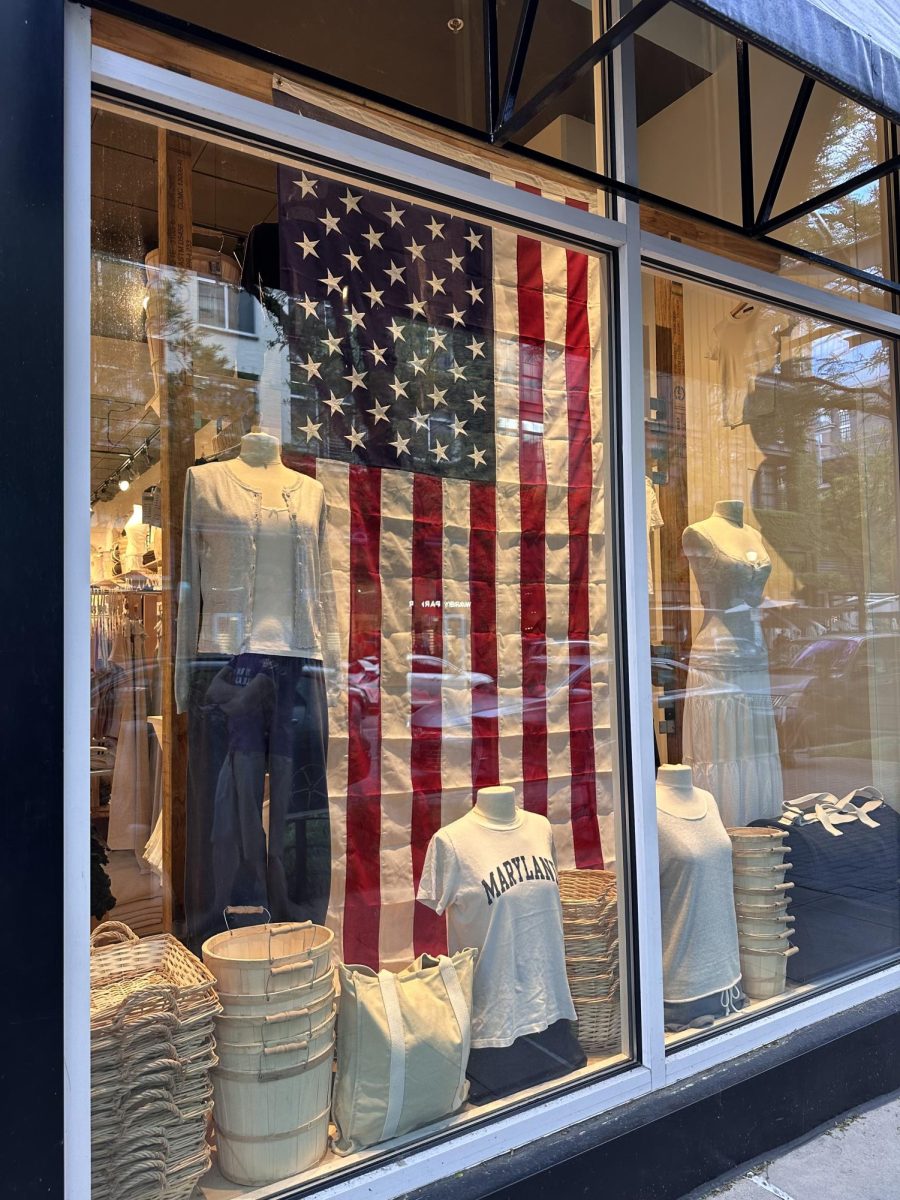Happy Valentine’s Day! Time to enjoy cheap chocolate, roses and romance. How did this staple of secular holidays come to be and reach its popularity in the U.S., you might ask?
According to Britannica, Valentine’s Day has its origins in the Roman festival of Lupercalia, which included fertility rituals and celebrations of the beginning of springtime. To begin the festival, members of an order of Roman priests would sacrifice a goat and then dip strips of the hide into the sacrificial blood, then slap women on the streets of Rome with them. Not exactly how people today spend their Valentine’s Day, eh? Even more excitement was to follow, as the bachelors of the city would select the names of young women from an urn, and the two would be paired for the festival— a pairing that often resulted in marriage, according to history.com.
In the 400s, Pope Gelasius I replaced Lupercalia with St. Valentine’s Day, and the creation of the card-studded holiday we know today began, though it wasn’t explicitly linked to love yet.
The namesake of the holiday, St. Valentine is shrouded in mystery and controversy. There were several martyrs called Valentine, and St. Valentine’s Day could be named after a priest martyred around 270 C.E. by Emperor Claudius II Gothicus, the bishop St. Valentine of Terni or another man who married couples to keep the husbands from war. Some believe that these were, in fact, all one man.
Regardless of the specifics of St. Valentine himself, by the Middle Ages, according to history.com, Valentine was one of the most popular saints in England and France, and do you know how hard it was to get medieval England and France to agree on anything? Mid-February was considered to be bird mating season in England, and that likely contributed to Valentine’s linkage with romance. The first record of Valentine’s Day being a romantic holiday was actually in a poem by Chaucer in 1375.
Though the origins of Valentine’s Day lay 1500 years ago, the cornerstone of Valentine’s Day festivities, the physical, written “valentine,” didn’t come into popular use until the 1500s and were commercially produced beginning in the 1700s. The oldest known valentine today was one written by the Duke of Orleans to his wife from the Tower of London in 1415. But don’t feel bad if you have trouble thinking of the right words to send to your sweetheart— Henry V, famous for his victory at the Battle of Agincourt (which captured the aforementioned Duke of Orleans) had to hire a writer to pen a valentine to Catherine of Valois.
Most of the gifts now associated with Valentine’s Day—chocolates, red roses and depictions of Cupid— came into usage due to their connection to love— chocolate is widely believed to be an aphrodisiac, red roses symbolize love (while yellow symbolize friendship), and Cupid is the Roman god of love.
Today, Valentine’s Day is celebrated in Britain, Canada, Australia, Argentina, France, Mexico, the Philippines, as well as other countries around the world. Back here at home, the National Retail Federation estimates Valentine’s Day business will add $27.4 billion into the economy.






![Junior Grace Song rewatches the trailer for Anora. Promoted as "A Love Story from Sean Baker," it is the eighth feature film under Baker's belt starring Mikey Madison in the titular role. "[Anora] accurately represents women overseen and easily taken advantage of. It emotionally enticed me. The ending is so good," Song said.](https://woottoncommonsense.com/wp-content/uploads/2024/11/Rc5RQTdjtUFtyT7IyQe1rSxkpOTc6NoksY8jtoop-e1732201365565-1200x900.jpg)






